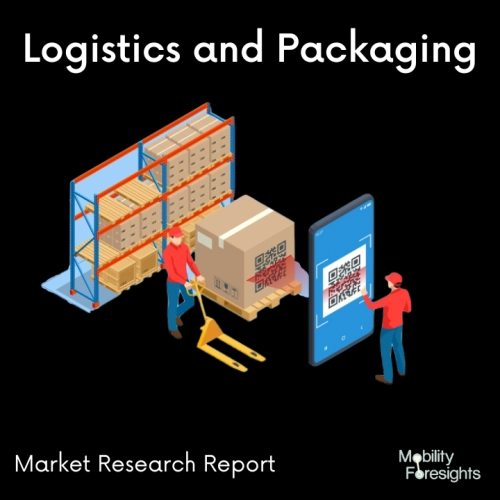
- Get in Touch with Us

Last Updated: Apr 25, 2025 | Study Period: 2023-2030
A supply chain is made up of all the businesses and persons involved in the manufacture of goods, from raw materials to finished items. Logistics include shipment, storage, delivery services, transportation, and commercial shipping. The thorough planning and execution of a complex automobile transportation operation is referred to as automotive logistics.
It includes all forms of transportation, including rail, truck, and maritime. Automotive logistics refers to the transportation of auto components, replacement parts, and entire vehicles from supplier to customer, including transport, warehousing, unloading, loading, distribution, and data processing as the key functions.
Its goal is to give the highest quality service at the lowest operating cost feasible, and it is distinguished by its complexity, expertise, and major infrastructure and labour investment.

TheKuwait Automotive logistics marketaccounted for $XX Billion in 2022 and is anticipated to reach $XX Billion by 2030, registering a CAGR of XX% from 2023 to 2030.
Tata Motors launches new generation Prima and Ultra trucks in Kuwait.Tata Motors has debuted its new generation Prima and Ultra vehicles in Kuwait, specifically developed to fulfil increasing consumer expectations.
The Tata Prima is built for long-distance/hours of transportation because of its power, sustainable speed, safety and dependability, best-in-class aggregates, cabin amenities, and comfort. While the Tata Ultra provides shorter turnaround time and increased profitability for any products carrying firm, it is a great commercial utility vehicle partner for long-distance material transfer.
The introduction of the new goods coincides with Tata Motors' successful completion of orders from cleaning and waste management businesses serving the Kuwait Municipality. Tata Motors won the contracts that call for the deployment of its brand-new Prime and Ultra trucks for projects involving municipal cleaning.
The Kuwait municipality's cleaning businesses use vehicles from the heavy, medium, and light categories, and Tata Motors has emerged as the industry leader in this regard. The large service footprint and high-quality vehicles make it the ideal partner to help the Kuwaiti government's efforts to construct a modern, effective urban infrastructure.
Additionally, it is the single-largest order of Tata Prima trucks, creating new standards for effectiveness and achievement in global markets.The next-generation range of Tata PRIMA commercial vehicles boasts world-renowned aggregates and build quality, higher emission standards, comfort with driving dynamics, optimised drivelines, and continues to offer the benefit of lowest total cost of ownership. They have also undergone extensive testing to confirm with global standards.
The Tata ULTRA offers clients the benefit of improved productivity and longer life thanks to its superior performance, comfortable walk-through cabin, next generation driveline with optimised aggregates for higher performance, and different load-body options. It offers durability, value for money, and TAT (Turnaround Time), assuring lowest operational costs.
| 1 | Market Segmentation |
| 2 | Scope of the report |
| 3 | Abbreviations |
| 4 | Research Methodology |
| 5 | Executive Summary |
| 6 | Introduction |
| 7 | Insights from Industry stakeholders |
| 8 | Cost breakdown of Product by sub-components and average profit margin |
| 9 | Disruptive innovation in the Industry |
| 10 | Technology trends in the Industry |
| 11 | Consumer trends in the industry |
| 12 | Recent Production Milestones |
| 13 | Component Manufacturing in US, EU and China |
| 14 | COVID-19 impact on overall market |
| 15 | COVID-19 impact on Production of components |
| 16 | COVID-19 impact on Point of sale |
| 17 | Market Segmentation, Dynamics and Forecast by Geography, 2023-2030 |
| 18 | Market Segmentation, Dynamics and Forecast by Product Type, 2023-2030 |
| 19 | Market Segmentation, Dynamics and Forecast by Application, 2023-2030 |
| 20 | Market Segmentation, Dynamics and Forecast by End use, 2023-2030 |
| 21 | Product installation rate by OEM, 2023 |
| 22 | Incline/Decline in Average B-2-B selling price in past 5 years |
| 23 | Competition from substitute products |
| 24 | Gross margin and average profitability of suppliers |
| 25 | New product development in past 12 months |
| 26 | M&A in past 12 months |
| 27 | Growth strategy of leading players |
| 28 | Market share of vendors, 2023 |
| 29 | Company Profiles |
| 30 | Unmet needs and opportunity for new suppliers |
| 31 | Conclusion |
| 32 | Appendix |